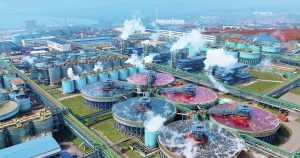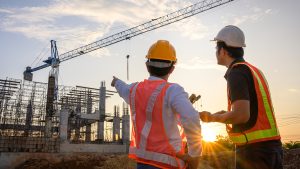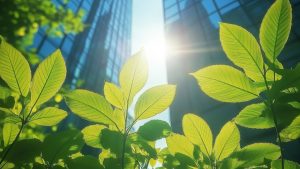The partners in the HyLion network are planning to produce low carbon hydrogen from renewable energy in Scotland and convert it into methanol for use as a low carbon fuel in the shipping, aviation, and motorsport sectors in the UK and Europe. The HyLion project partners include ARUP, McPhy Energy, Bosch, E.On, CO2 Recovery Ltd, Mareneco Ltd, Cadeler A/S, and P1 Fuels. Management and IT consultancy MHP is providing strategic and operational advice on the development and digitalisation of an efficient supply chain. Around 9,000 t/a of hydrogen and around 45,000 t/a of green methanol are planned in the initial pilot plant, which will use 63,000 t/a of biogenic CO2 from E.On’s biomass power plant at Lockerbie and from local whisky distilleries for the production of methanol. Hydrogen will come from an 80 MW electrolyser supplied by McPhy Energy, using local wind energy, with pure water being supplied using Bosch technology. P1 Fuels’ technology will convert e-methanol into an e-fuel that fits seamlessly into the existing fuel infrastructure and offers a decarbonisation solution for the automotive industry, international and national racing series, and light aircraft, for example. Another customer for the e-methanol will be the shipping company Cadeler A/S. The plant is expected to start production at the beginning of 2028.





